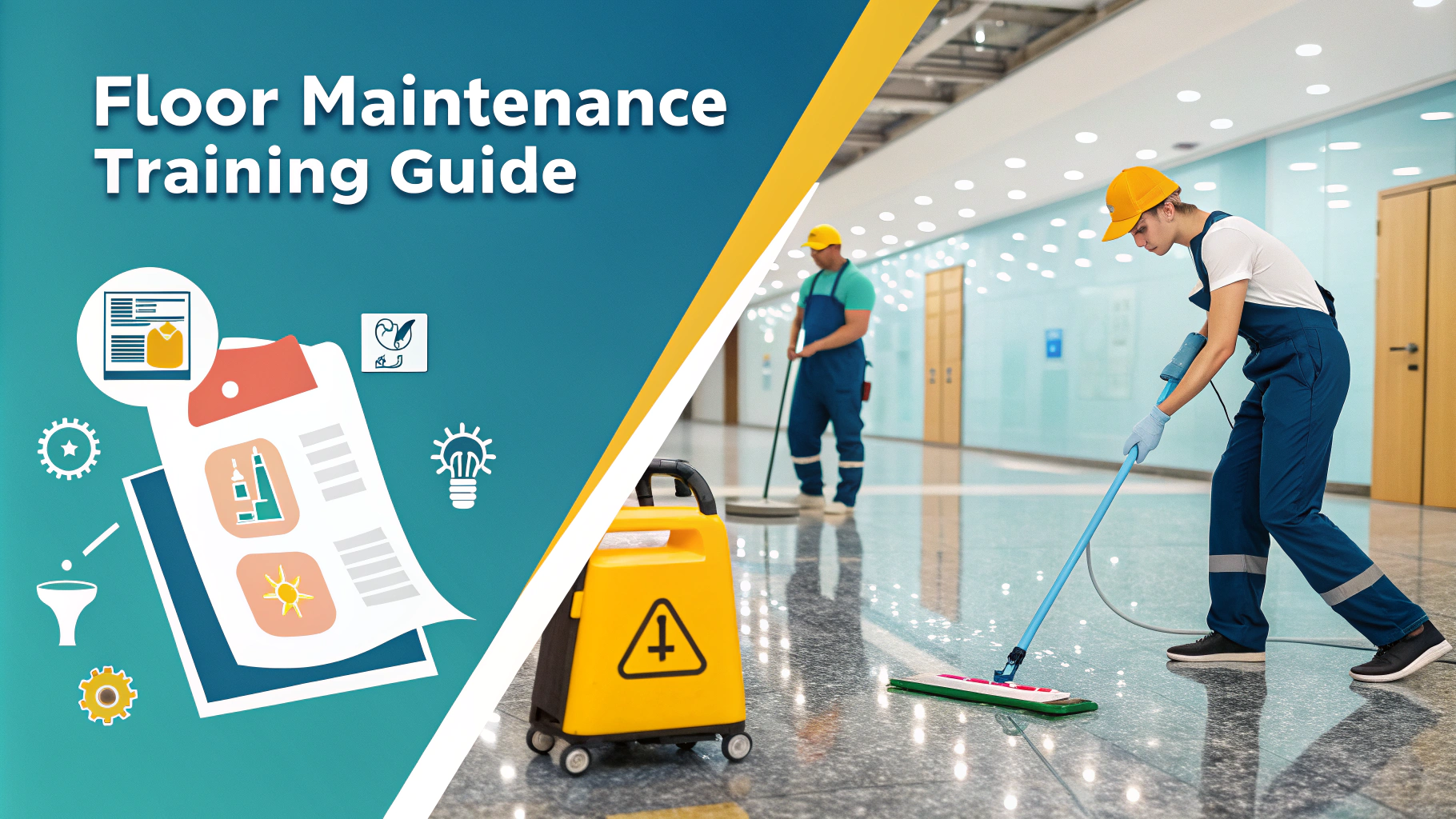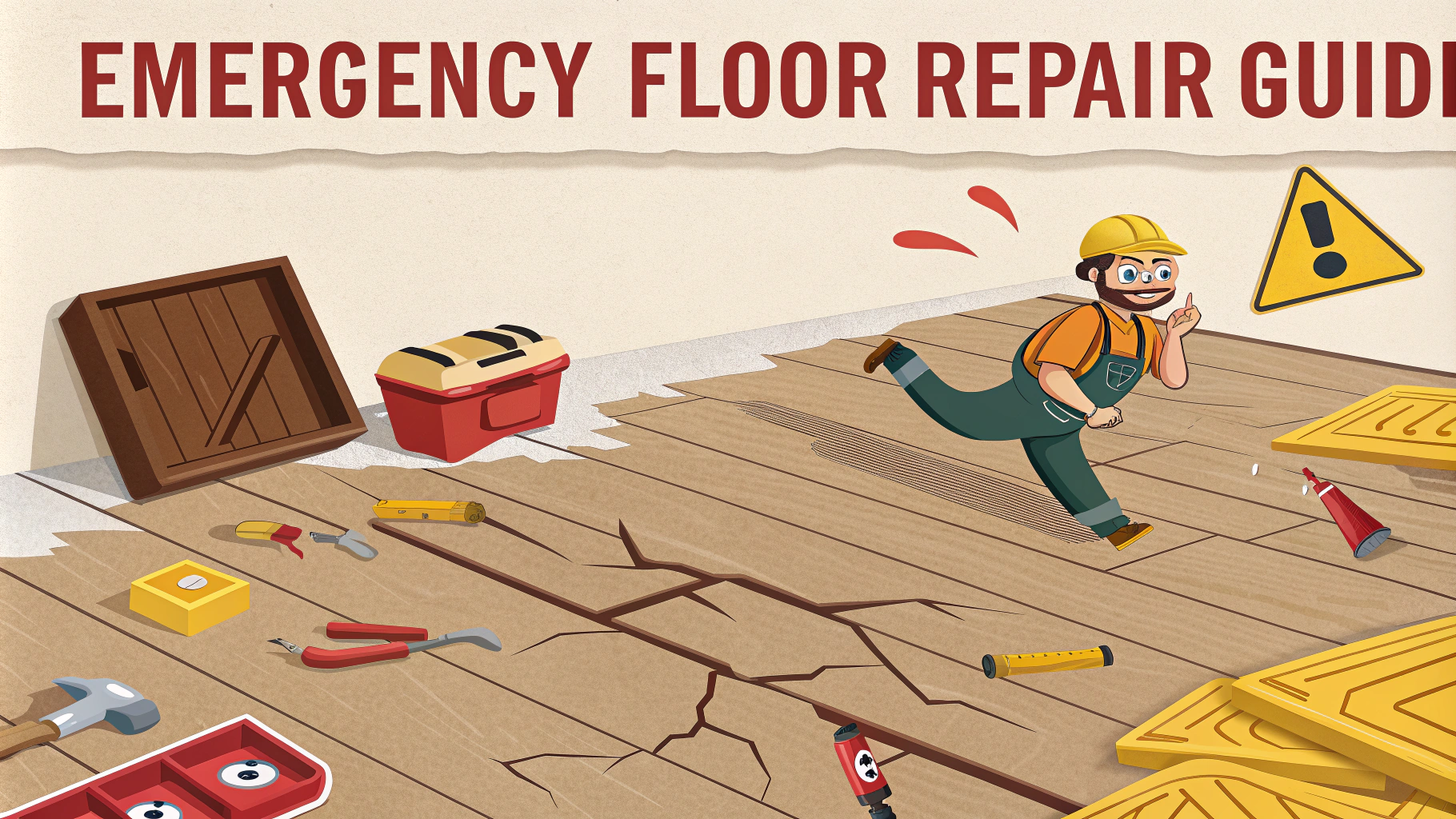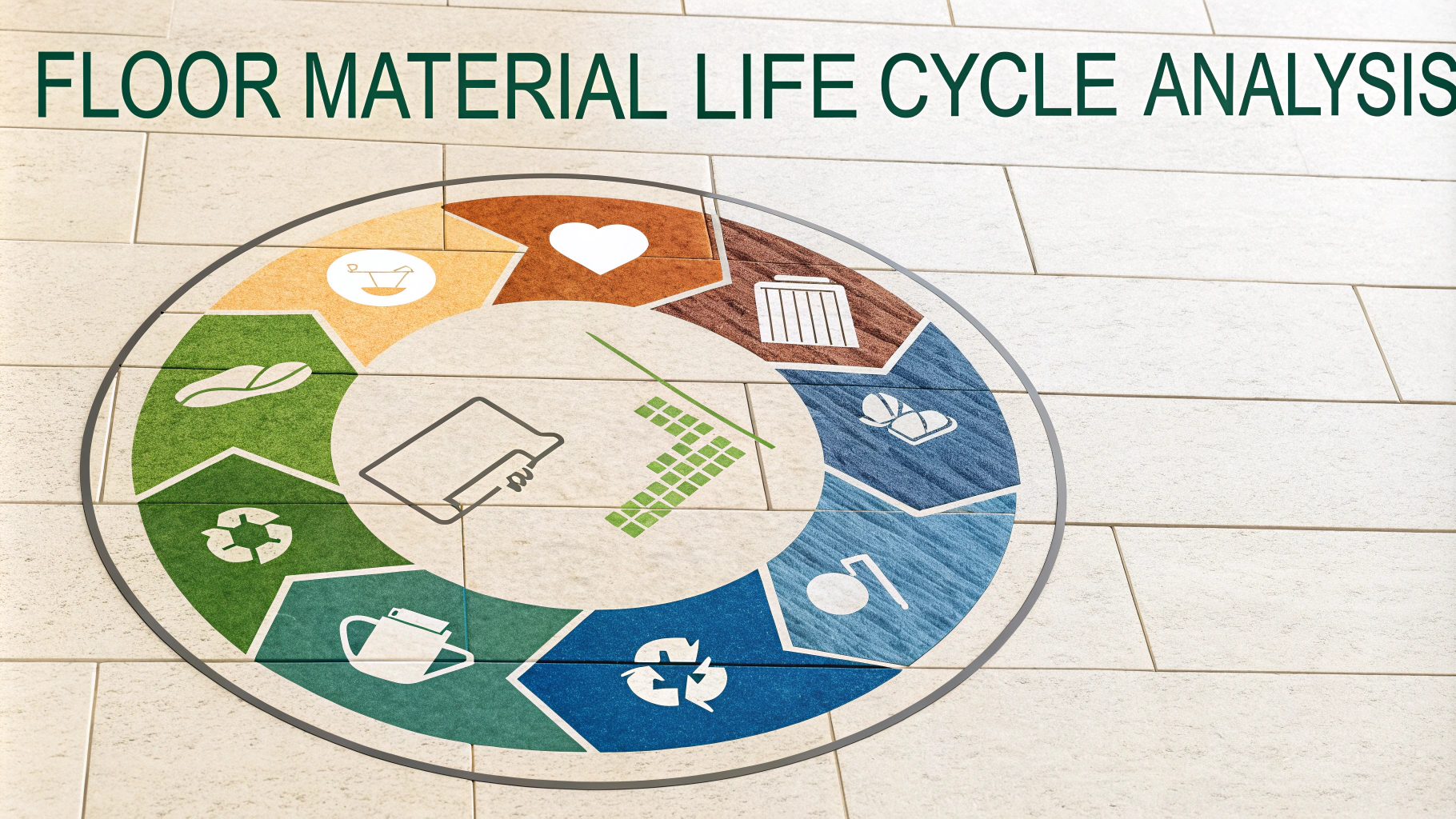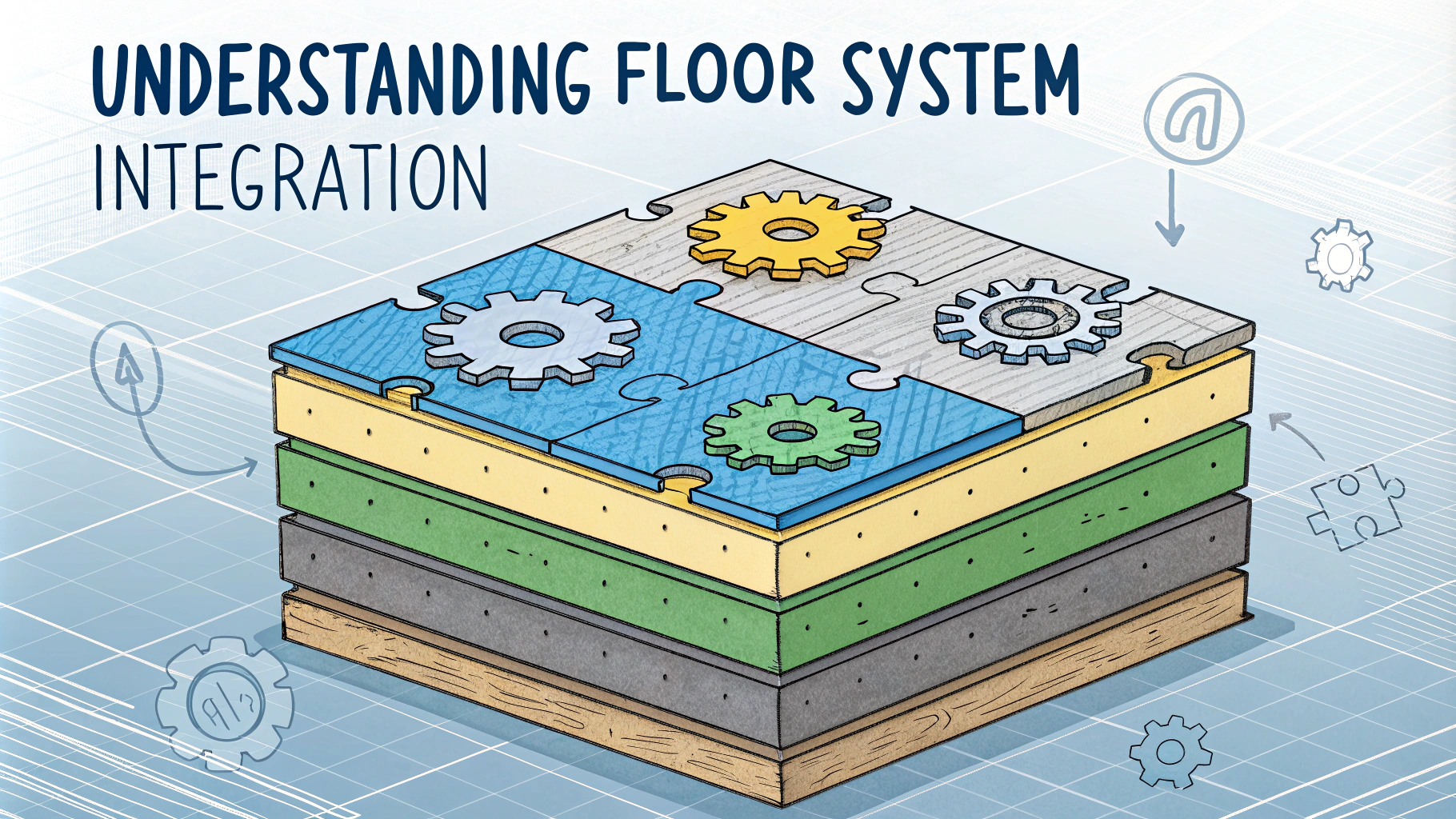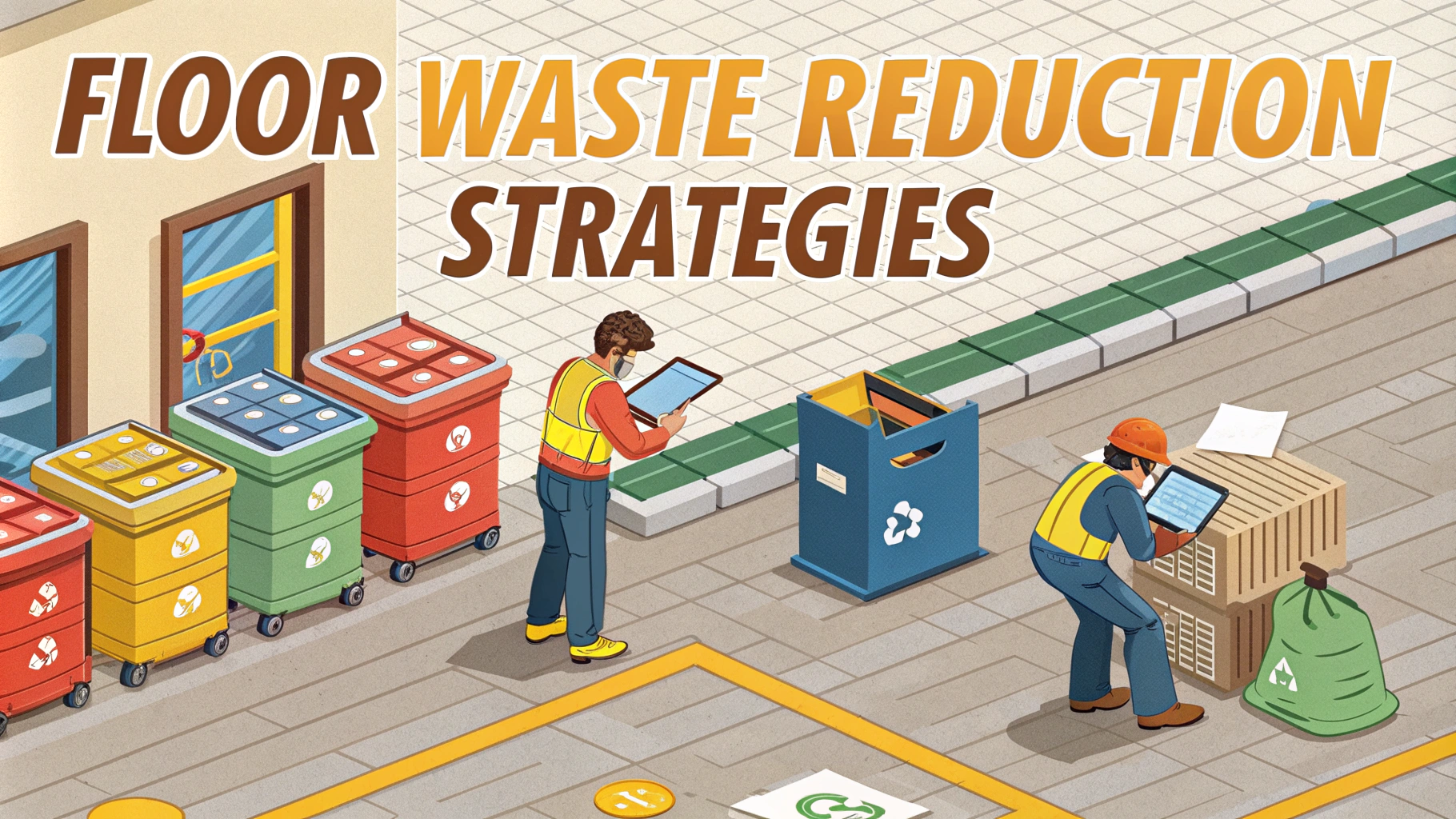A squeaky floor can be a constant source of frustration for homeowners, especially when trying to move quietly through the house at night.
Understanding the root cause of floor squeaks helps determine the most effective repair method – usually it’s either loose floorboards or joists rubbing against each other.
This guide covers proven DIY solutions to fix squeaky floors, whether you have hardwood, laminate, or carpeted flooring.
Common Causes of Squeaky Floors
- Loose nails or fasteners
- Gaps between subfloor and joists
- Seasonal wood expansion/contraction
- Worn out joist hangers
- Improper installation
Tools Needed for Floor Squeak Repair
- Drill/driver
- Wood screws
- Shims
- Construction adhesive
- Stud finder
- Carpenter’s square
Quick Fixes for Hardwood Floors
Sprinkle talcum powder, powdered graphite, or dry lubricant between the floorboards where they squeak.
Drive 1-1/4 inch trim screws through the boards into the joists, countersinking them slightly below the surface.
Use a squeak-relief bracket system designed specifically for hardwood floors.
Fixing Squeaks Under Carpet
Locate the floor joists using a stud finder and mark their position on the carpet with painter’s tape.
Use a specialized squeak-repair kit with breakaway screws that go through the carpet.
Drive the screws through the carpet, pad, and subfloor into the joist below.
Repairs from Below (Basement/Crawl Space)
- Install wood shims between the joist and subfloor
- Apply construction adhesive to fill gaps
- Add bridging between floor joists
- Reinforce joists with additional lumber
Professional Solutions
For persistent squeaks or if you’re uncomfortable with DIY repairs, contact a licensed flooring contractor.
Professional floor repair typically costs between $200-$1000 depending on the extent of the problem.
Preventive Measures
- Maintain proper indoor humidity levels (30-50%)
- Use dehumidifiers in basements
- Install proper support bridging during construction
- Use quality materials and correct installation methods
When to Call a Professional
Contact a licensed contractor if you notice significant floor sagging, extensive squeaking, or if your home is more than 50 years old.
Look for contractors certified by the National Wood Flooring Association (NWFA) for best results.
Next Steps for Squeak-Free Floors
Start with the simplest solutions first, like lubricating or tightening loose boards, before moving on to more complex repairs.
Document where squeaks occur and test repairs by walking on the area multiple times.
Consider a full floor inspection if squeaks persist or worsen over time.
Safety Considerations
- Always wear safety glasses when drilling or using power tools
- Check for electrical wires before drilling into floors
- Use appropriate protective gear when working in crawl spaces
- Ensure proper ventilation when using adhesives
Cost-Benefit Analysis
DIY Repairs
- Basic tools and materials: $50-$150
- Squeak repair kits: $30-$60
- Time investment: 2-4 hours average
Professional Services
- Initial inspection: $100-$200
- Complete floor repair: $200-$1000+
- Guaranteed results and warranty
Long-Term Floor Maintenance
Regular inspection of floor joists and subfloor components helps prevent future squeaks.
Address moisture issues promptly to prevent wood deterioration and movement.
Keep records of repairs and maintenance for future reference.
Ensuring Lasting Results
Monitor repaired areas for several weeks to confirm the effectiveness of fixes.
Maintain consistent indoor climate conditions to prevent seasonal wood movement.
Consider upgrading floor support systems during major renovations to prevent future issues.
Creating a Squeak-Free Home
A well-maintained floor system not only eliminates annoying squeaks but also preserves your home’s value and structural integrity.
Regular maintenance and prompt attention to minor issues can prevent more serious problems from developing.
Investing in quality materials and proper installation methods pays dividends in long-term floor performance.
FAQs
- What causes floor squeaking?
Floor squeaks occur when wood floorboards or subfloor materials rub against nails, other wood, or joists due to loose connections or wood shrinkage. - Can I fix squeaky floors without removing carpet?
Yes, you can use a stud finder to locate joists and insert special carpet-friendly screws designed to secure the subfloor through the carpet. - How effective is talcum powder for fixing squeaky floors?
Talcum powder is a temporary solution that can reduce squeaking by reducing friction between boards, but it needs frequent reapplication and isn’t a permanent fix. - Do squeaky floors indicate structural damage?
Not necessarily. While squeaks are often harmless and caused by normal wood movement, persistent squeaking in multiple areas should be inspected by a professional. - Can humidity affect floor squeaking?
Yes, changes in humidity cause wood to expand and contract, which can create or worsen floor squeaks by loosening connections between boards and joists. - What tools do I need to fix squeaky hardwood floors?
Basic tools include a drill, screws, shims, a stud finder, a hammer, and finish nails. Specialized tools like counter-snap screws may be needed for specific fixes. - How do I fix squeaky floors from below in my basement?
From below, you can install wood shims between the joists and subfloor, or use bridging blocks between floor joists to reduce movement. - Will WD-40 permanently fix squeaky floors?
No, while WD-40 might temporarily reduce squeaking by lubricating the wood, it’s not a permanent solution and could potentially damage floor finishes or attract dirt. - How much does professional squeaky floor repair cost?
Professional floor squeak repair typically costs between $200-$1000, depending on the floor area, accessibility, and repair method needed. - Can squeaky floors be fixed in winter?
Yes, but it’s best to wait until the wood has fully contracted during the heating season to ensure repairs are effective when the wood expands again.


